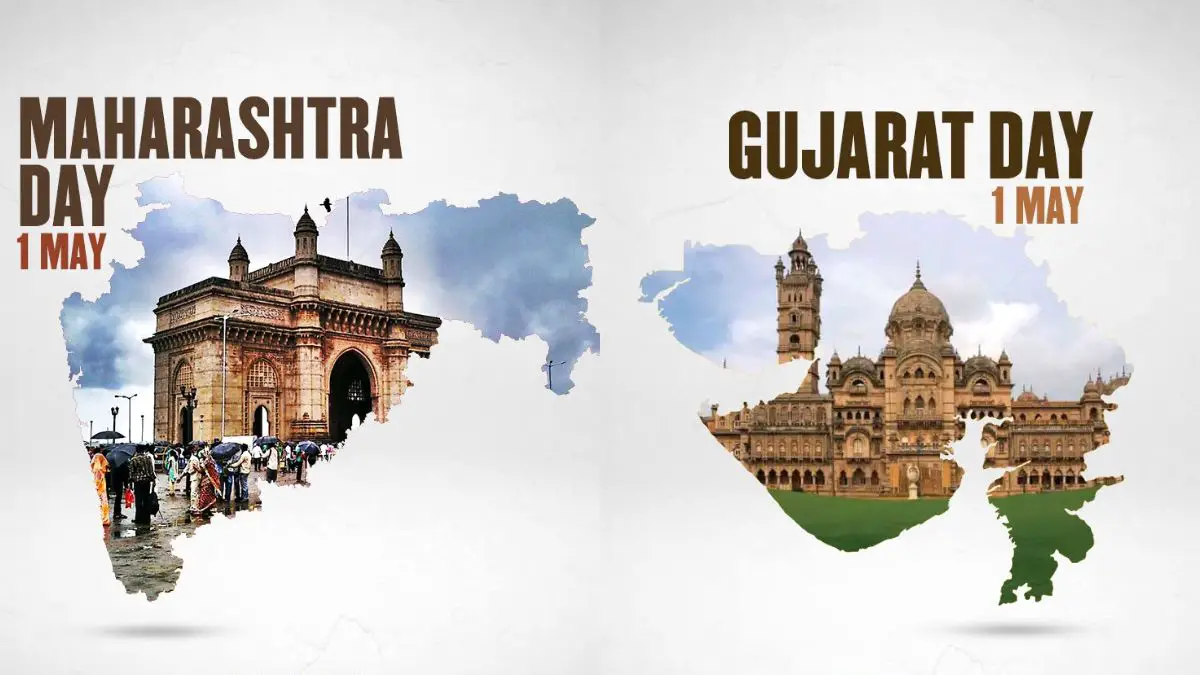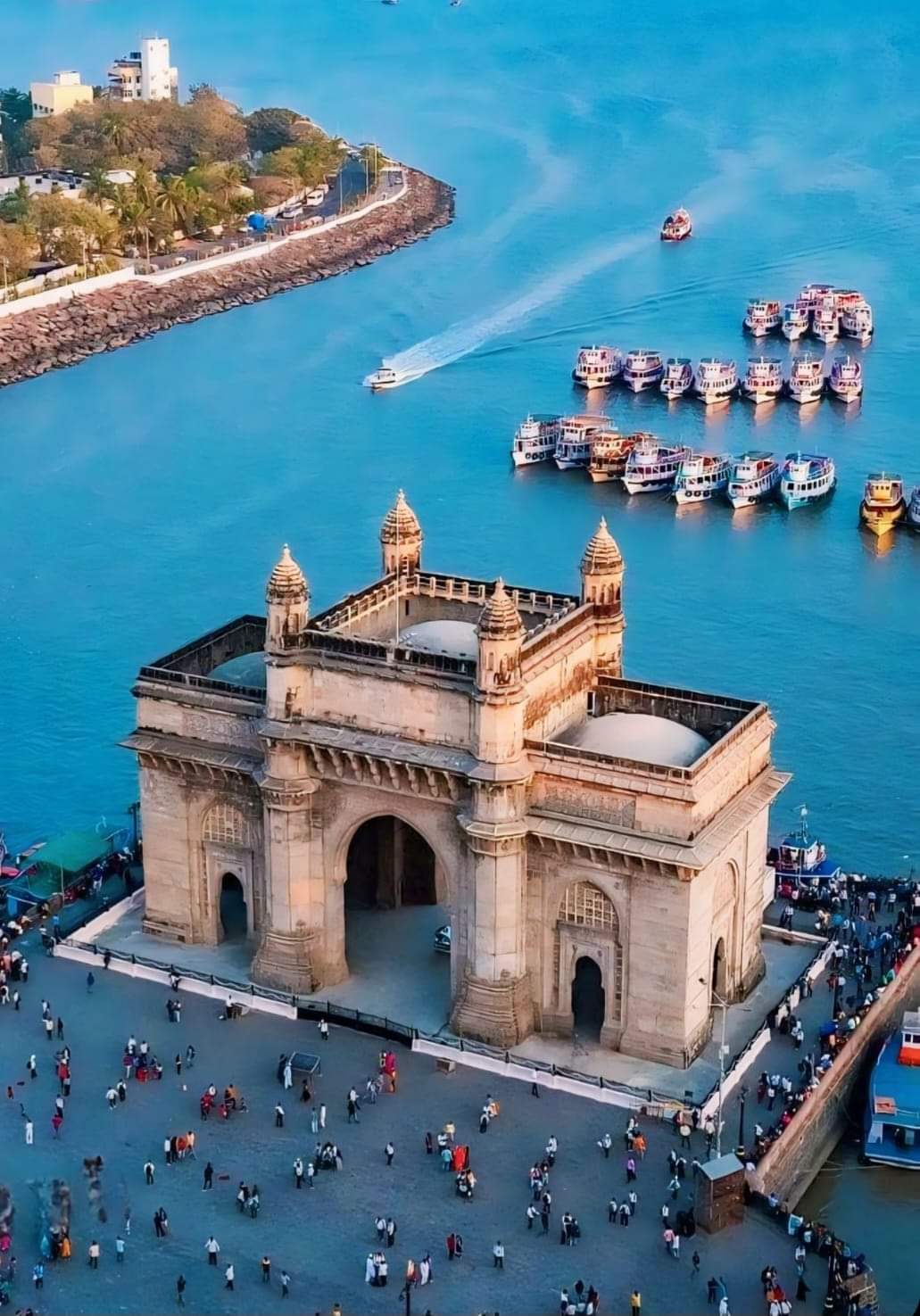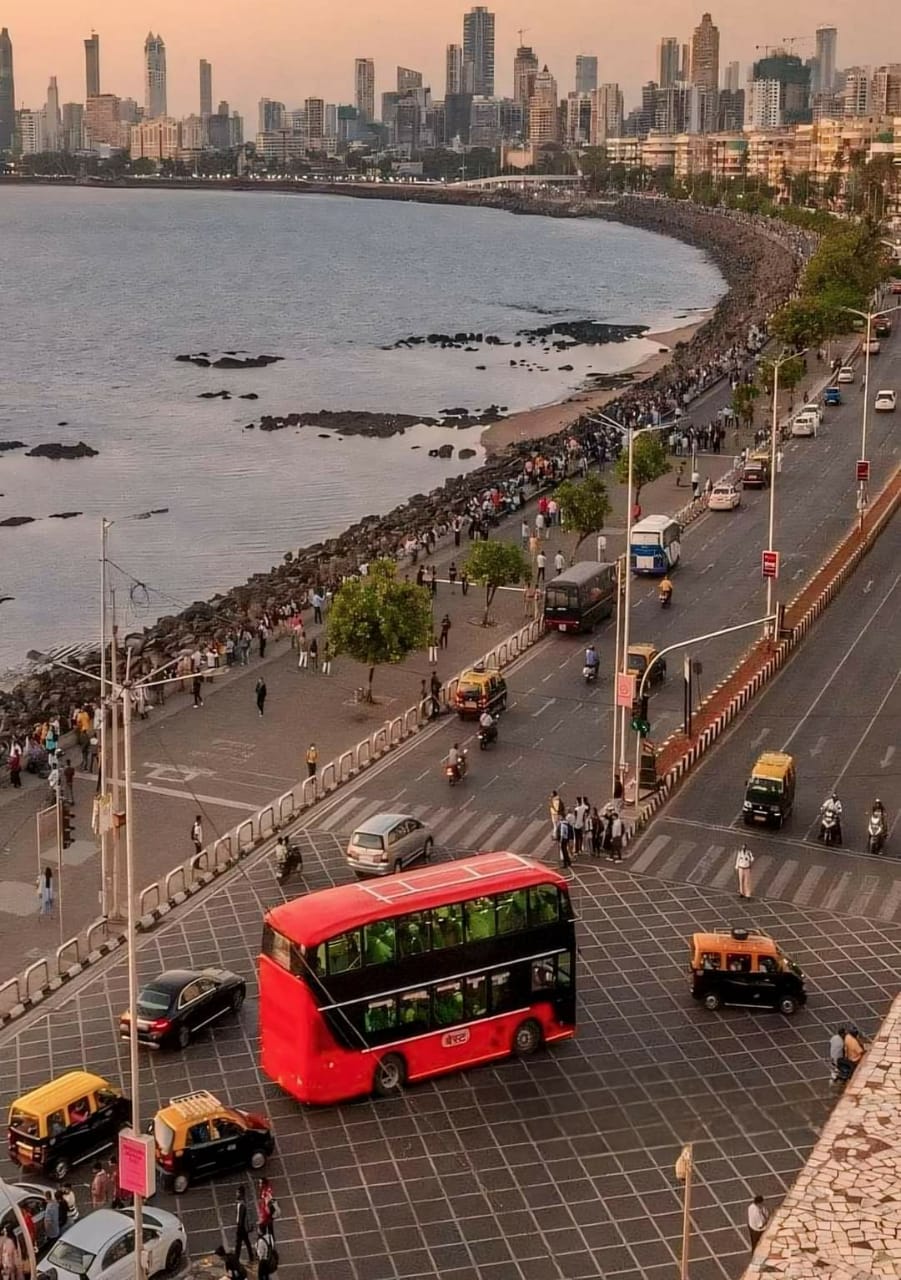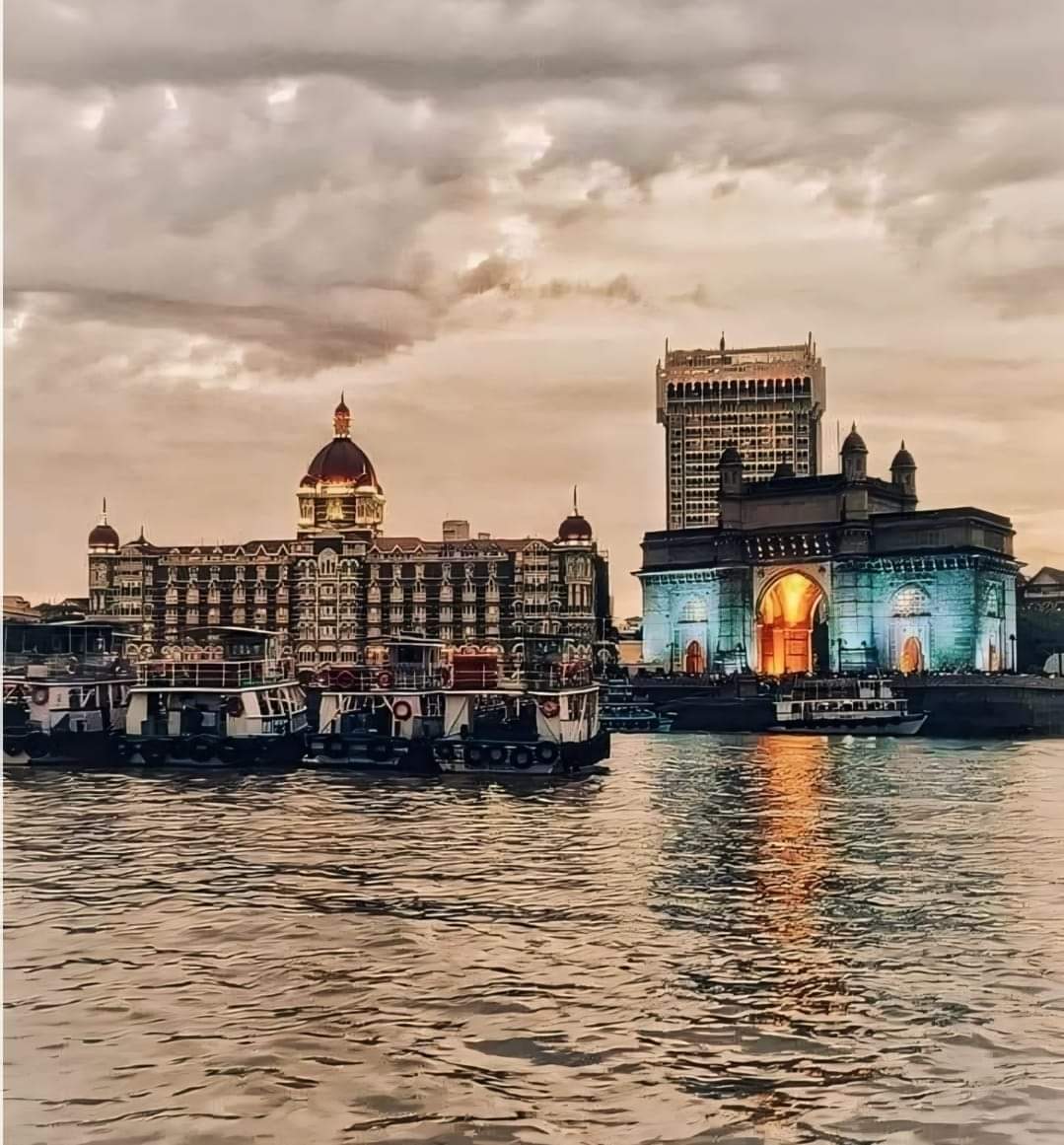Maharashtra Day and Gujarat Day 2024: Why These Days are Celebrated on May 1? History and Significance

May 1 is observed as International Labour Day,
Maharashtra Day and Gujarat Day 2024: Why These Days are Celebrated on May 1? History and Significance
worldwide. But, for the states of Maharashtra and Gujarat, the day holds historical significance as the foundation of the two states dates back to this day, 67 years ago. Every year, individuals celebrate Maharashtra Day and Gujarat Day on May 1 to commemorate the existence of the state.
Before 1960, Maharashtra was part of the larger Bombay State, which included present-day Maharashtra, Gujarat and parts of Madhya Pradesh. And people spoke different languages like Marathi, Gujarati, Kutchi and Konkani. However, recognising the linguistic and cultural differences between regions, the States Reorganization Commission recommended the formation of states based on language. As a result, Maharashtra, predominantly Marathi-speaking, was established as a separate state, with Mumbai (then Bombay) as its capital.
The creation of Maharashtra was not merely a bureaucratic decision; it was a triumph of the aspirations and struggles of the Marathi-speaking people who fought tirelessly for their linguistic identity and cultural autonomy. The Samyukta Maharashtra movement, characterised by widespread protests, rallies and demonstrations played a crucial role in shaping the state’s destiny.
This day is celebrated with full enthusiasm by organising multiple events, parades, and ceremonies across the two states, highlighting the culture and traditions of the two states.
In Maharashtra, the main function, also known as ‘Maharashtra Diwas’ or ‘Maharashtra Din,’ is conducted at Shivaji Park in Dadar, whereas in Gujarat, it is held at the Sabarmati Waterfalls.

Maharashtra Day and Gujarat Day 2024: History
Following the implementation of the Indian constitution, the country was divided into states on the basis of linguistic borders. At that time, Bombay was recognised as a state under the State Recognition Act of 1956.
Bombay had people speaking languages such as Marathi, Konkani, Gujarati, and Kutchi. However, this merger of various vernaculars into one state did not work out and resulted in uproar and distress.
The sanctity of the state was being jerked time and again due to these linguistic differences.
Several protests and movements erupted, demanding the separation of states and the creation of an individual state, with one containing people speaking Gujarati and Kutchi and one containing those speaking Marathi and Konkani.
The Mahagujarat movement and the Samyukta Maharashtra movement became the faces and started agitating for these demands.
Seeing the momentum of the protests fueling in various corners of the state, former Prime Minister Pandit Jawaharlal Nehru declared Bombay a Union territory for five years in 1956.
Later, a resolution supporting Bombay’s bilingual state was approved by the Lok Sabha. The Lok Sabha then suggested the Bombay Reorganisation Act. in March 1960, which was approved by the Lower House a month later. It took more than 20 years for the government of India, with the support of numerous commissions, to declare a distinct state.
Finally, after the enactment of the Bombay Reorganisation Act in Parliament, the state of Bombay got divided into Maharashtra and Gujarat on May 1, 1960.
Since then, the day has been celebrated by the two states separately in Maharashtra and Gujarat.

Maharashtra Day and Gujarat Day 2024: Significance
The significance of this day lies in the fact that the state reorganisation led to the formation of a separate administrative unit for the Gujarati-speaking and Marathi-speaking people. This day is significant in the history of the state and for people who celebrate their cultural heritage and the achievements of the state.
Beyond its historical significance, Maharashtra Day is also an occasion to celebrate the rich cultural heritage and diversity of the state. Maharashtra boasts a storied past, with a legacy that encompasses ancient empires, medieval dynasties and a vibrant tradition of art, literature and music. From the majestic forts of Pune to the bustling streets of Mumbai, Maharashtra’s cultural tapestry is woven with threads of resilience, creativity and innovation.

